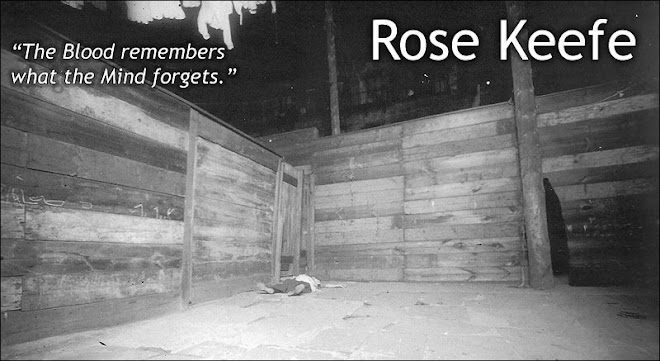It used to make me cringe whenever I’d see the expression ‘nonfiction novel’ used. It’s a contradictory term: novels, by definition, are fictitious, even if they’re ‘based on a true story’. But Canadian author Michael Winter has convinced me that there can indeed be such a beast.
In the summer of 1993, a single mother named Brenda Young was found on the floor of her Empire Avenue apartment in St. John’s, Newfoundland. She had been stabbed thirty-one times and her underwear was so tightly wrapped around her neck that the investigators initially assumed that it had been knotted in place. Her on-again /off-again boyfriend, Randy Druken, was convicted of murder and spent six years in prison before being exonerated by DNA evidence. In 2000 Druken received $2.1-million in compensation and a government apology.
Michael Winter intended to write a nonfiction account of Brenda’s murder and its aftermath, but felt uneasy about exploiting the death of a woman whom he later described as being “alive, really alive”. He was also concerned about the effect such a book might have on her survivors and the other people who were drawn unwillingly into the messy investigation and court proceedings. For awhile he shelved the project, but the story stayed with him, its allure becoming stronger with time. Finally Winter yielded- partly. Instead of a true crime book, he wrote The Death of Donna Whalen, a work of what he calls “documentary fiction.”
This novel takes its content and storyline from the public record, and anyone familiar with the case will recognize the real participants’ fictional counterparts. (Brenda Young is Donna Whalen, while Randy Druken becomes Sheldon Troke.) But what keeps the book from being invasive is its presentation as a fictionalized version of a real case.
The narrative unfolds primarily through the direct words of the characters, which are grouped and structured to resemble trial testimony and police witness statements. Liberal use of Newfoundland slang gives a more powerful sense of setting than any description of downtown St. John’s or the harbor. The entire presentation resonates deeply with me personally because I ‘m originally from Eastern Canada, but you don’t have to be a Maritimer to enjoy this dark and compelling drama.
By dressing up an actual murder case as a fictional story, Winter helps outsiders better understand Donna Whalen / Brenda Young, Sheldon Troke / Randy Druken, and their world, which can be incomprehensible: Donna feared for her life, but let the man who slapped her around look after her two children whenever she wanted a night out. Donna’s little girl, Sharon, knew that Sheldon pushed her mother around yet still regarded him as a parent figure, going to him for advice when she had problems with her friends. But Winter demonstrates that violence was a natural and trivialized by-product of that society, where parties could end in knife fights and a jail cell was a second home to many.
Some readers may have trouble with how Michael Winter displaces elaborate descriptions and linear plot in favor of letting the story be told via a series of participant monologues. I admit that his approach is unique. But it makes The Death of Donna Whalen “alive, really alive”, just as he wanted Brenda Young to be remembered.


